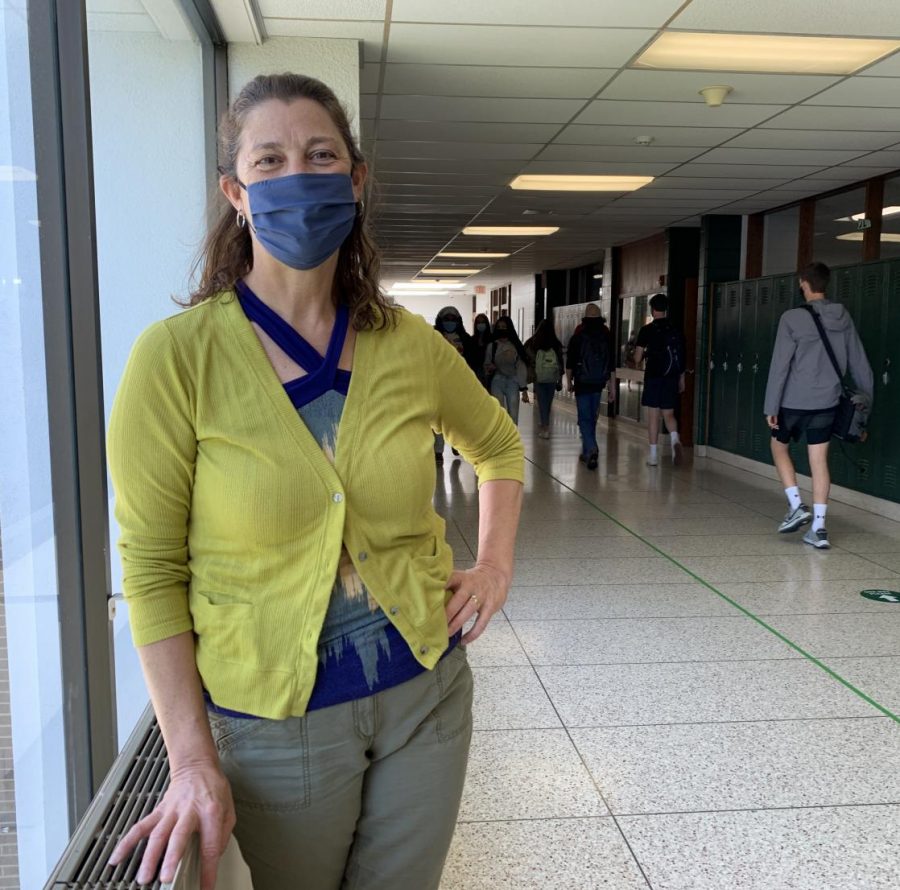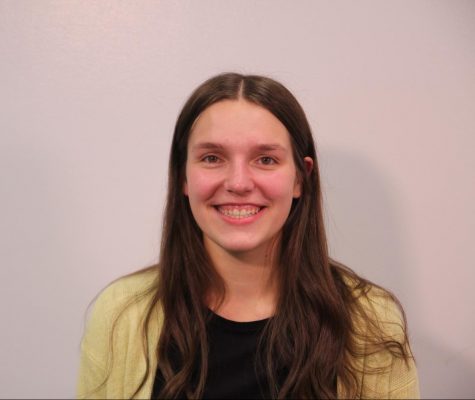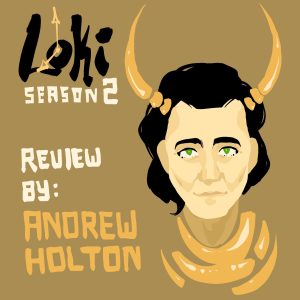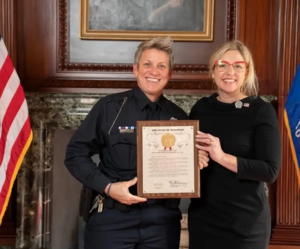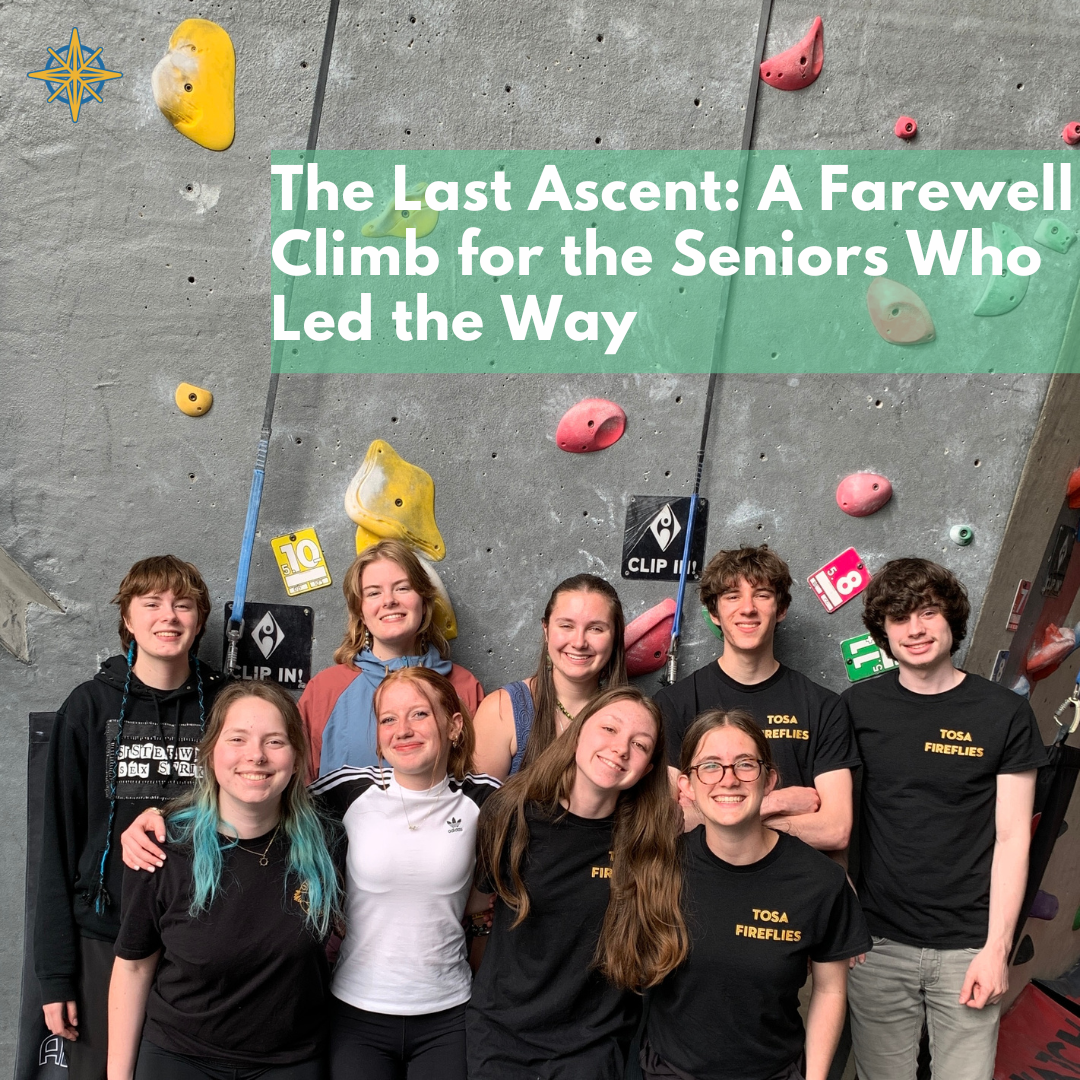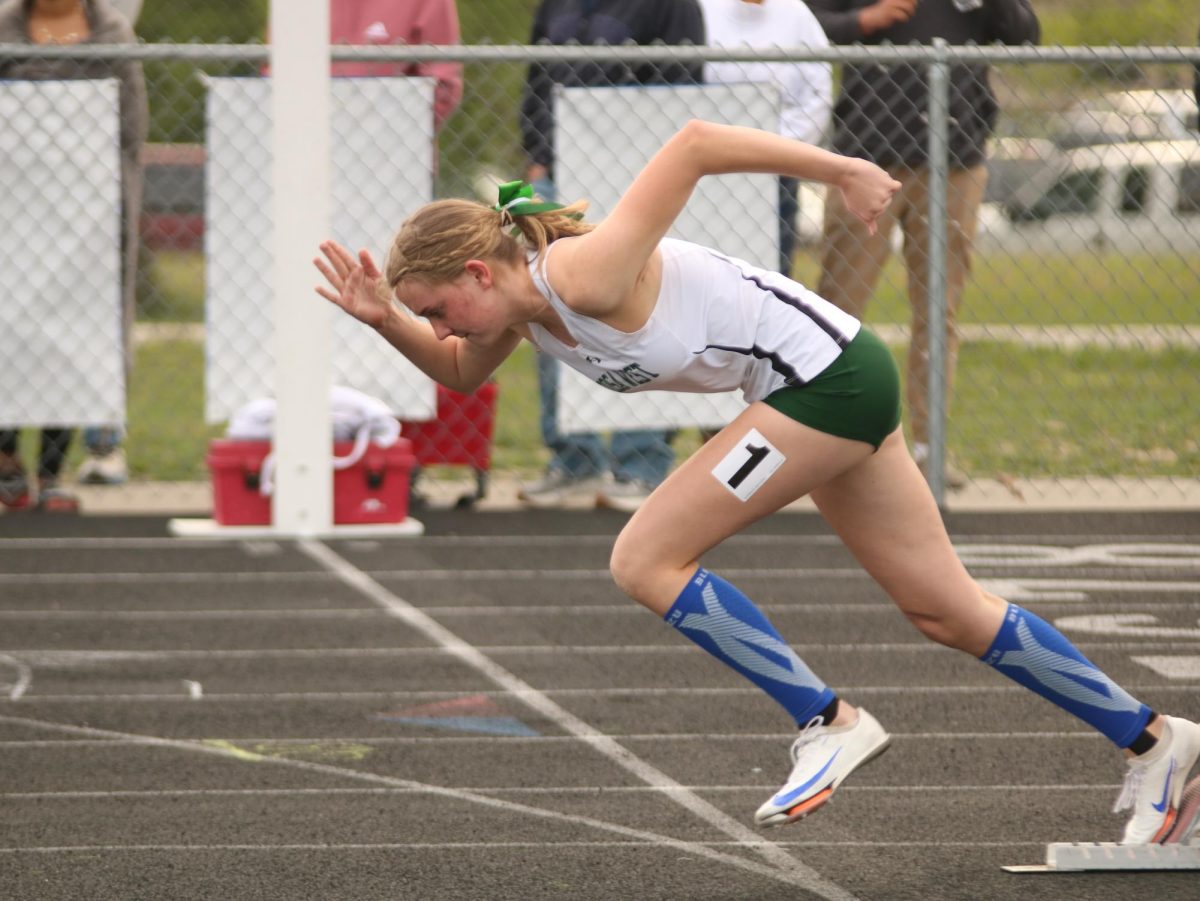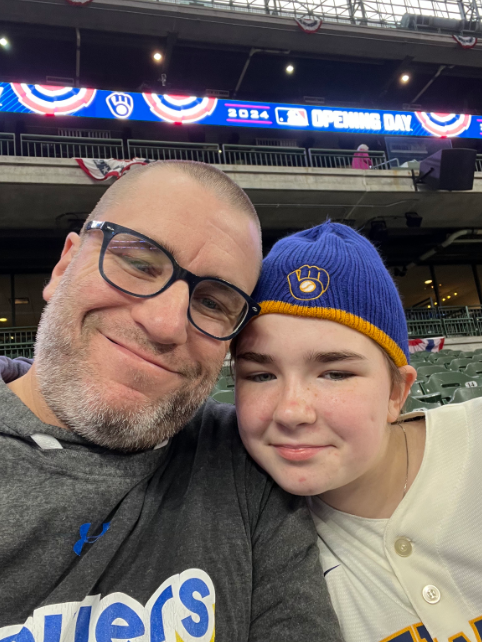Wauwatosa West Math Teacher Retires After Teaching 32 Years
Wauwatosa West math teacher Jill Schmid stands in the hallway near her classroom. Schmid is retiring at the end of the 2020-2021 school year after teaching for 32 years.
June 4, 2021
Wauwatosa West math teacher Jill Schmid attended the University of Wisconsin-Madison with the initial plan of becoming a judge.
Schmid is now retiring at the end of the 2020-2021 school year after teaching for 32 years. Her motivations behind being a judge and high school math teacher were similar.
“Both the judge piece and the math teacher piece were very much about these are places that females aren’t,” Schmid said. “You really did see the need for female presence in math.”
Schmid decided she would become a high school math teacher during her sophomore year at UW-Madison. At the time, she was doing well in her math classes and enjoyed helping others with math.
“I very much remember being like, ‘Yeah, you know, I want to be a judge. I want to be a female judge,’” Schmid said. “Then, when I was in college, I just kind of thought, ‘Maybe I’ll be a female math role model.’ I just kind of felt that that was more a calling.”
Schmid started teaching at Whitefish Bay High School in 1989. She and another female teacher who had started at the school the year prior were the only female teachers in the math department at the time. The department was previously all-male.
“You go to college and you kind of get this ‘Women can do anything’ and you want to be this judge or want to go into this math area, and at the same time if you’re having a family and raising children, you have to understand balance,” Schmid said. “It is very much true that in that department of all men, they didn’t have to do that at all. That was just a different culture altogether.”
After teaching for 12 years at Whitefish Bay High School, Schmid came to Wauwatosa West in 2001. Her children were in grades one, three, and five.
“A big part of me wanting to come here was to be closer to where we live, where we went to school, and the department itself, it was just an absolute game-changer,” Schmid said.
Schmid found it comforting that many women in the West math department also had families.
“It was so interesting to come here and have a culture that was much more balanced because there were so many women in the department and other women who had families and where there was much more comfort in being able to find a good work-life balance.”
According to a study published by the American Educational Research Association’s open-access, peer-reviewed journal, analyzing data from the nationally representative Schools and Staffing Survey (SASS) conducted in waves from 1988 to 2012, the most recent year data is available, there was a nearly 50% increase in female science, technology, engineering, and math (STEM) teachers in public schools from 1988 to 2012. In 1988, 43% of STEM teachers in public schools were female. In 2000, 57% were female. By 2012, 64% were female.
“Through the 90s and into the new century there was more and more female math teacher presence at the high school level, but I think education has always been pretty female-dominated, particularly elementary and middle school,” Schmid said.
The Math
Schmid has taught all levels of high school math ranging from pre-algebra to calculus.
“I like how math is so intertwined, I think that’s why I like pre-calculus so much because everything is full circle,” Schmid said. “I like to solve problems and I like to get things to work, but I want it to be real, like you really got it. Math offers that scientific piece to it, there’s something very tangible there.”
Schmid has especially enjoyed teaching pre-calculus because students are able to tie together what they have learned in previous classes.
“For so many years teaching pre-calculus, it kind of emerged as, look at all things in three ways. Look at it as an equation, look at it as a graph, look at it as numerical data, like table data, and understanding all these functions that you kind of saw before, but you didn’t really see them in such depth. I really love that about pre-calculus and calculus too.”
Wauwatosa West senior Olivia Pelzek had Schmid for AP Calculus AB for the 2019-2020 school year and again for AP Calculus BC for the 2020-2021 school year. Pelzek also served as a teacher’s assistant for Schmid this school year.
“Mrs. Schmid is the most knowledgeable math teacher I’ve ever had,” Pelzek said. “It makes me want to do something with math in the future with my career, like be an engineer.”
Changes in Lessons
The structure of daily math lessons has shifted to be more collaborative since Schmid started teaching. However, the collaboration typically seen in classrooms has been recently limited due to COVID-19.
“The hugest difference is, back in the beginning, we were absolutely taught in college, you have this anticipatory set. There’s this get kids thinking about something, you present the problems, you do the review, and then there’s a cycle,” Schmid said. “Then, very much it grew into kids, not this year of course, this year is different for everything, kids constructing their own understanding and being led down, ‘Try to figure this out,’ and a lot more conversation.”
Schmid has long been a proponent of group work.
“I was kind of radical back in ’95, being like ‘let’s do a group quiz,’ where you would just put kids together and take a quiz and talk together. So many classrooms didn’t have anything like that and now that’s all the classrooms that are, the kids are talking and thinking. It’s a much more engaging atmosphere for students.”
Schmid finds the shift towards collaboration is good for both students and teachers.
“When you talk about going back to what did education look like back in 1990, it wasn’t a very diversified package. Whereas, when we talk about group work, it absolutely is, the whole thing is kind of a little bit more reactionary to where kids are now, and that’s allowed me to get to know students so much better.”
However, group work has been limited this school year due to COVID-19.
“I just missed so much this year that student group work. I just so much miss being able to hear from kids, problem-solving together, and eavesdrop, ‘What are you doing?’ and provide a little guidance over here, that just gives me as a teacher so much more insight as to what kids know.”
The changes in the model of instruction throughout the school year also complicated lesson planning.
“It was a lot of, same for the students, just trying to look at where you’re at and try to do something that can move education forward in a completely different environment,” Schmid said. “What works you keep, what doesn’t is modified. It was a lot of on the fly.”
Creative Problem Solving
Schmid did not consider herself a creative person before she started teaching. Now she does.
“I think I really do like being creative when people are involved,” Schmid said. “I would have never said that 30 years ago.”
Schmid has enjoyed the ability to get creative this school year in particular.
“I kind of like that there were problems to be solved, and I guess that’s being a mathematician,” Schmid said.
30 years ago, Schmid remembers a person saying they believed math is the easiest subject to teach. However, when concerned with learning, Schmid disagrees.
“I think I would agree if all you were doing was teaching, but if you are concerned about what learning is taking place, and you’re really wanting to delve into who’s learning and what can I do to adjust, and how can I deliver this differently and how can I make up activities that kids find motivating and engaging, that’s the part that I just love.”
Schmid views teaching and helping students learn math as its own problem requiring a creative solution.
“I think what I like so much about teaching math is that the teaching of it, to convey it to get students to understand it, is an entire problem in and of itself to be solved.”
Plans for Retirement
Schmid will retire at the end of the school year after teaching at West for the last 20 years of her 32 years of teaching.
“It’s been a great job and it’s an exciting job, but I feel like I’m at a point where I can do something different, just explore some other paths,” Schmid said. “Being a teacher, obviously there is a lot that’s exciting and kids are so different and years are different and all of this, but at the same time, for 32 years, I’ve been coming to a high school.”
After retiring, Schmid hopes to continue problem-solving.
“This was a decision that I’ve talked about and thought about for years because you know the numbers, you know what’s coming. It wasn’t pandemic related, but it happened and I’m just a firm believer that means it should have happened, and so I’m excited to go do something different, which I know is going to involve problem-solving with people, but I shouldn’t say definitely because who knows.”
Schmid wanted to be closer to her family when leaving Whitefish Bay High School after 12 years and coming to West, but she also did not want to spend her whole career in one building.
“I just thought that seemed too boring, too limited, and kind of same now, I have the opportunity to, as part of my professional life, do something totally different. I just think that that’s super exciting.”
Schmid hopes to find another work environment as exciting as a high school.
“As draining as coming into a high school every single day can be as you get older and older, it’s also incredibly energizing because you’re solving problems and sometimes they work and that’s great and there are so many students involved,” Schmid said. “There’s never a boring day in this building, there’s just not. There’s a lot of work environments that can get really boring and really mundane and so that excitement of high school, I hope I don’t miss it because I hope I can maintain it.”



